|
|
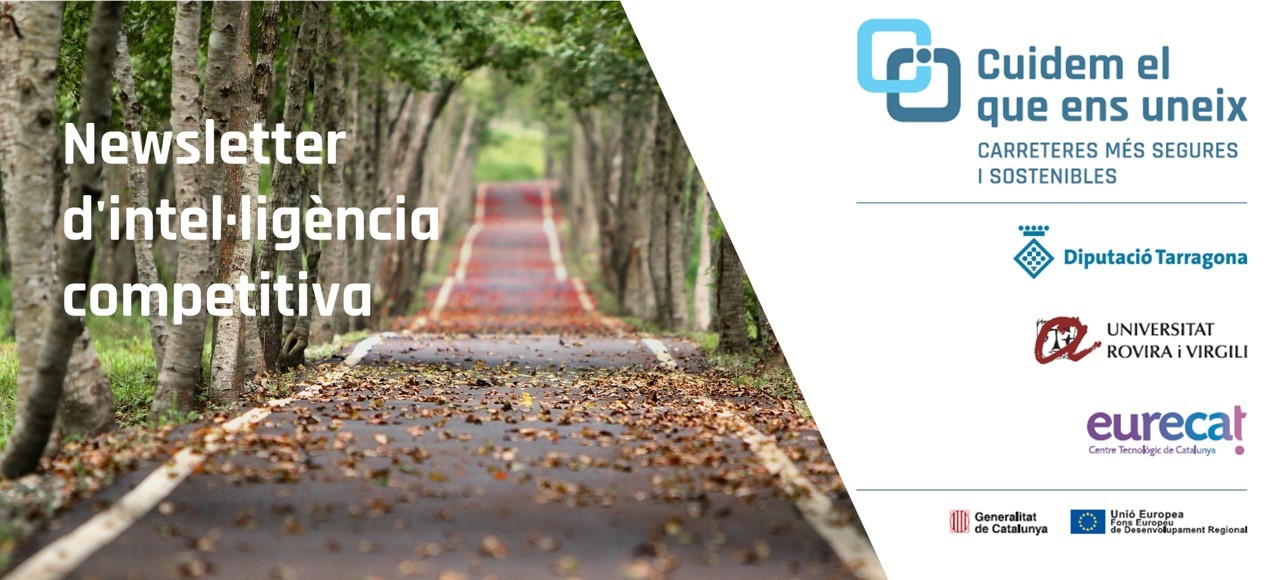 |
Data d'enviament: 10/11/2022
Octubre 2022
Projecte d'especialització i competitivitat territorial (PECT) emmarcat en la RIS3CAT i el PO FEDER de Catalunya 2014-2020.
"CUIDEM EL QUE ENS UNEIX. CARRETERES MÉS SEGURES I SOSTENIBLES"
El Projecte d’especialització i competitivitat territorial (PECT) ‘Cuidem el que ens uneix. Carreteres més segures i sostenibles’ desenvolupa solucions innovadores en l’aplicació de materials per a la construcció i manteniment de la xarxa de carreteres i en la seva senyalització. Té la finalitat de millorar la seguretat viària, la sostenibilitat del territori i la generació de noves oportunitats d’activitat econòmica. Liderat per la Diputació de Tarragona, hi participen també la Universitat Rovira i Virgili i Eurecat. El projecte està cofinançat pel Fons Europeu de Desenvolupament Regional (FEDER) de la Unió Europea, en el marc del Programa operatiu FEDER de Catalunya 2014- 2020, objectiu d’inversió en creixement i ocupació.
|
|
|
|
|
|
Editorial: Article del mes
|
|
|
|
|
|
|
|
|
|
|
Aquesta necessitat de ràpid creixement col·loca les dades sense fil 5G a l'avantguarda de les darreres innovacions automotrius. I els vehicles autònoms poden ser la punta de l'iceberg. Els pioners de la indústria estan aprofitant les transmissions de baixa latència i d'alta velocitat per impulsar nous conceptes d'automòbils connectats. Amb els últims serveis 5G i tecnologies de computació de vora, les empreses estan provant nous conceptes d'automòbils totalment connectats per satisfer les necessitats actuals dels conductors. L'objectiu compartit és crear un vehicle modern que serveixi com un telèfon intel·ligent personalitzat, assistent automatitzat i corresponsal de trànsit i clima en temps real, alhora que pugui transmetre dades en emergències de manera segura. Crear sistemes viaris més coordinats i evitar l'estancament global requerirà sistemes de dades intricades que depenguin de sensors integrats en tot, des de les superfícies dels carrers fins als vehicles que hi circulen.
|
|
|
| |
|
|
|
|
|
|
|
|
|
|
|
| |

|
|
| Concrete’s role in reducing building and pavement emissions |
|
|
MIT researchers find emissions of U.S. buildings and pavements can be reduced by around 50 percent even as concrete use increases. They present an extensive life-cycle assessment of the building and pavements sectors that estimates how greenhouse gas (GHG) reduction strategies could minimize the cumulative emissions of each sector and how those reductions would compare to national GHG reduction targets.
|
| |
|
|
|
| |
| |
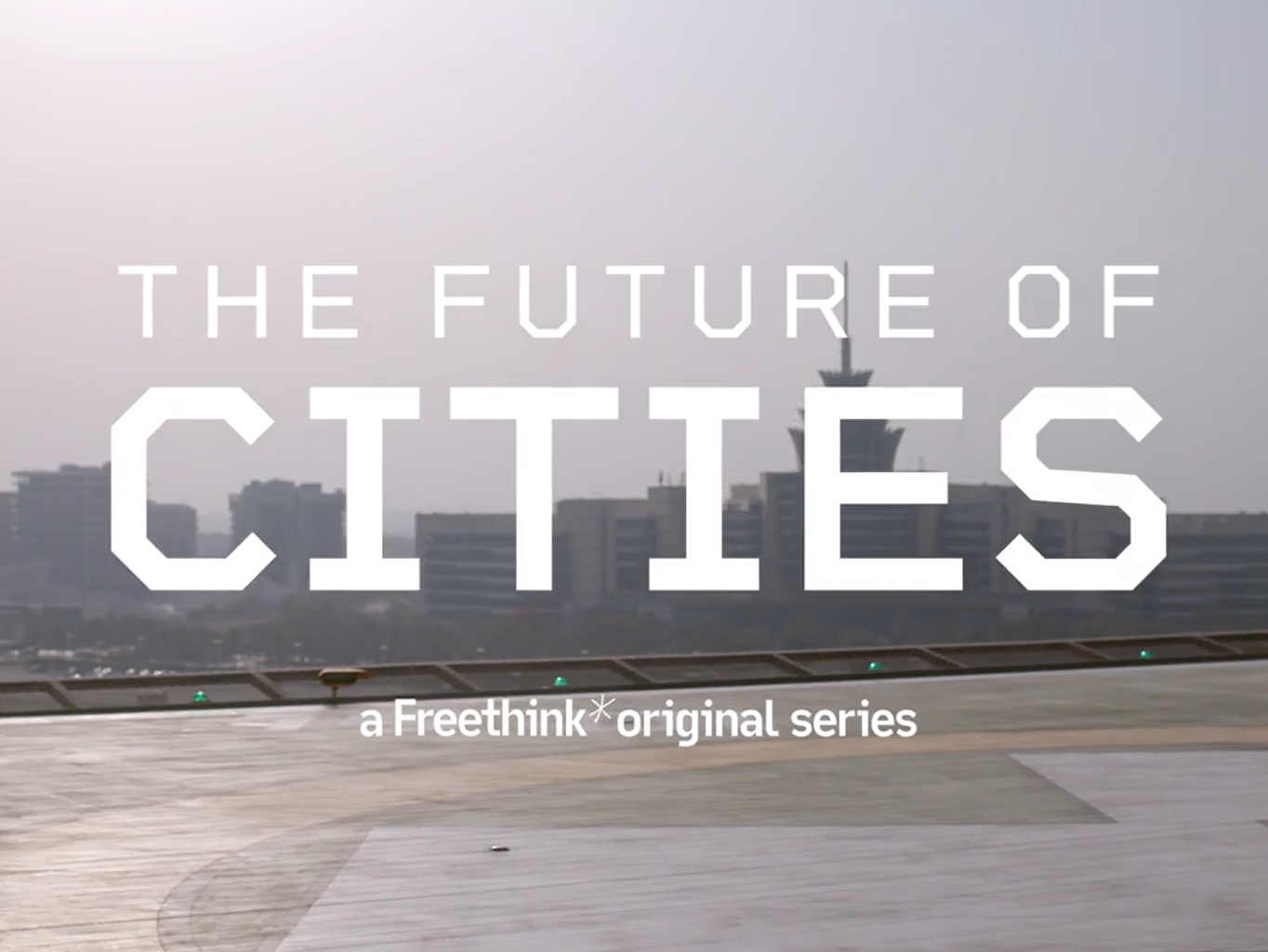
|
| |
| How Dubai is building roads in the sky |
|
|
Dubai has created an entire living community, called Dubai Silicon Oasis, to test cutting-edge technologies like unmanned aerial vehicles. Dubai’s program could serve as a blueprint for other cities to open their skies to the future of transportation.
|
| |
|
|
|
| |
|
|
|
|
|
|
|
|
|
|
|
| |
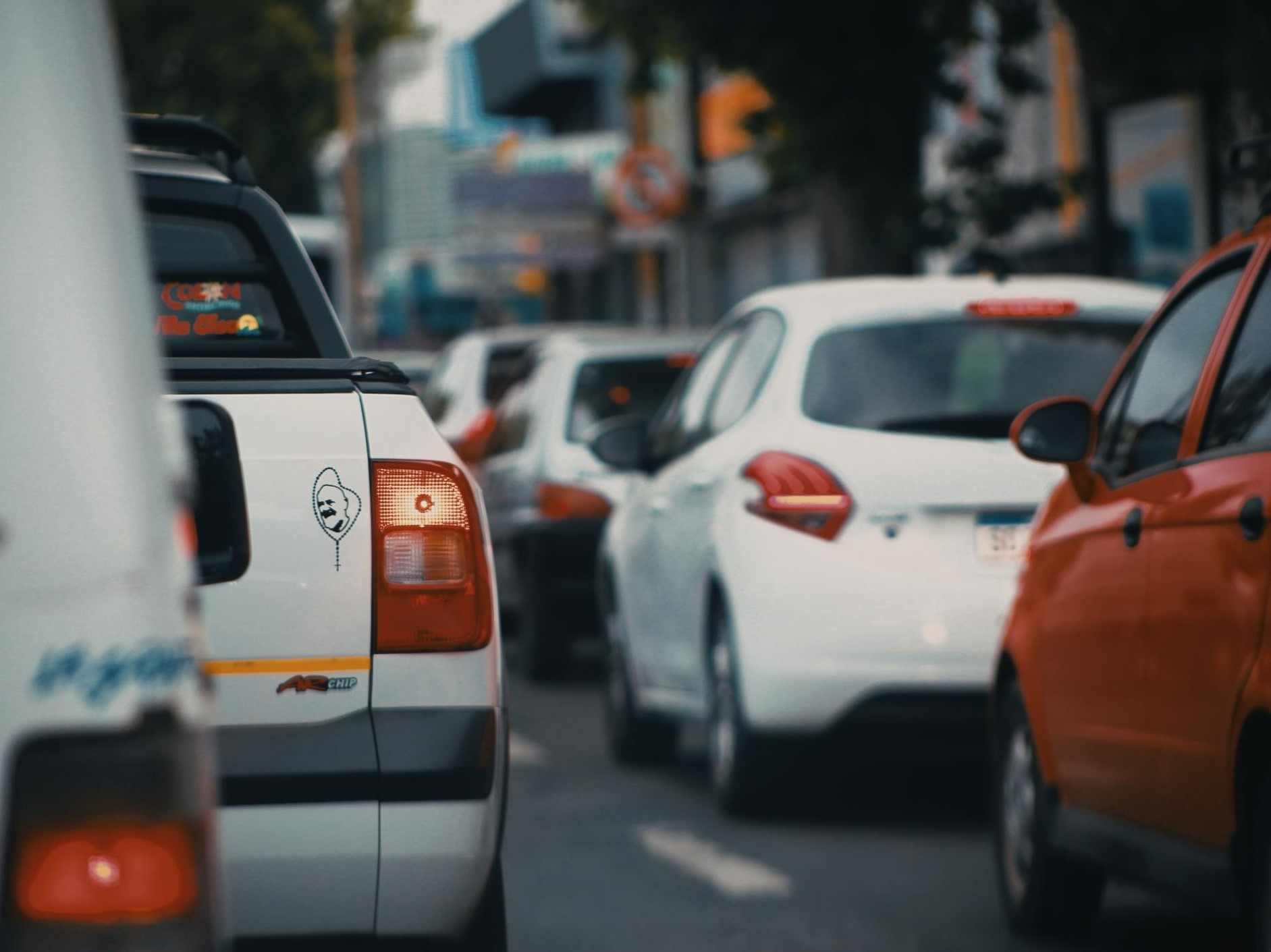
|
|
| Make crucial traffic data available digitally, Transport Committee says |
|
|
Transport Committee MEPs voted on new intelligent road transport systems rules to boost digitalisation in the transport sector, to better connect different mobility apps, and to ensure wider data sharing. Intelligent transport systems (ITS) apply information and communication technologies, such as, journey planner or eCall, to make mobility safer, more efficient and comfortable.
|
| |
|
|
|
| |
| |

|
| |
| Exciting Applications of IoT Route Optimization for Truckers |
|
|
The Internet of Things (IoT) is starting to cause massive positive changes throughout the logistics industry and for individual truck drivers. Many applications for the IoT in logistics can verify where certain deliveries are at any point in the supply chain and if any issues crop up.
|
| |
|
|
|
| |
|
|
|
|
|
|
|
|
|
|
|
| |

|
|
| Half Company designs Halfgrid transport network that combines cable cars with AI |
|
|
A network of autonomous cable cars transports people and goods around a city in this concept developed by transport design studio Half Company. Halfgrid is a proposal for a city-wide transport system that uses artificial intelligence (AI) to move suspended capsules to their designated location.
|
| |
|
|
|
| |
| |
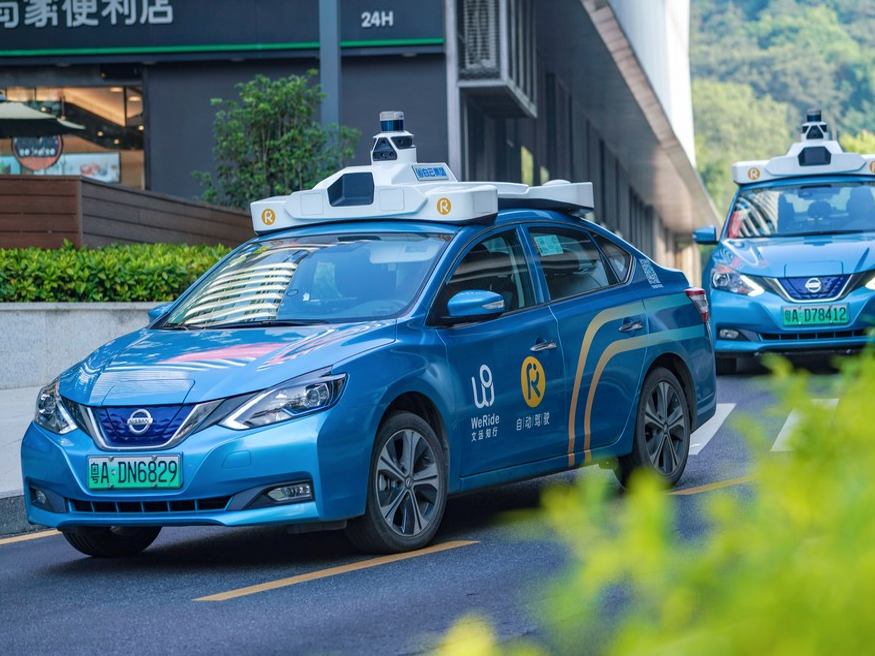
|
| |
| Hyundai and WeRide plan to fuel self-driving with hydrogen in China |
|
|
WeRide, one of the most funded robotaxi operators in China is joining hands with Hyundai to launch a “self-driving hydrogen-powered vehicle pilot zone” in Guangzhou. The collaboration comes at a time when the research and production of clean hydrogen increasingly becomes a focal point for China, which has been striving to decarbonize its economy.
|
| |
|
|
|
| |
|
|
|
|
|
|
|
|
|
|
|
| |
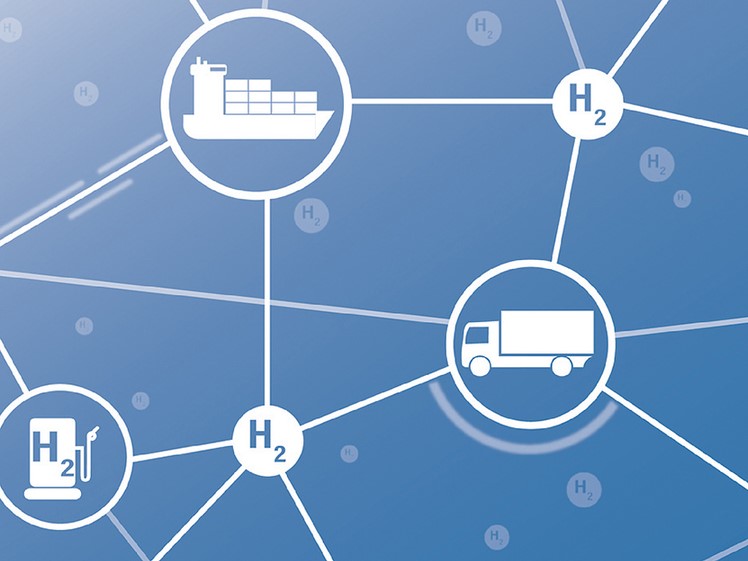
|
|
| 3 Questions: Blue hydrogen and the world’s energy systems |
|
|
Research Scientist Emre Gençer describes natural gas–based hydrogen production with carbon capture and storage, and the role hydrogen will play in decarbonizing our energy systems.
|
| |
|
|
|
| |
| |
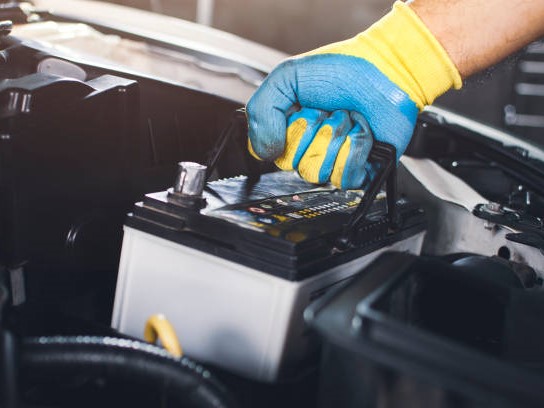
|
| |
| Lithium ions move in mysterious ways in next-gen battery materials |
|
|
A team of researchers has found that the irregular movement of lithium ions in next-generation battery materials could be reducing their capacity and hindering their performance. The team tracked the movement of lithium ions inside a promising new battery material in real time.
|
| |
|
|
|
| |
|
|
|
|
|
|
|
|
|
|
|
| |

|
|
| Eurobike 2022: Igus muestra cómo los plásticos técnicos mejoran la tecnología, reducen el peso y eliminan el mantenimiento |
|
|
Ya sean bicicletas de montaña, bicicletas de carretera ligeras o bicicletas eléctricas ultrarrobustas: en la feria Eurobike 2022 de Fráncfort, Igus presentó nuevos componentes de plástico de alto rendimiento como alternativa a los componentes metálicos para las bicicletas del futuro.
|
| |
|
|
|
| |
| |
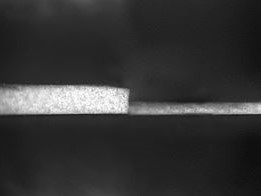
|
| |
| World’s whitest paint gets thinner and lighter |
|
|
The world’s whitest paint keeps surfaces so cool that it could reduce the need for air conditioning. Now the Purdue University researchers who created the paint have developed a new formulation that is thinner and lighter – ideal for radiating heat away from cars, trains and airplanes.
|
| |
|
|
|
| |
|
|
|
|
|
|
|
|
|
|











